![]()
![]()
![]()
Use LEFT and RIGHT arrow keys to navigate between flashcards;
Use UP and DOWN arrow keys to flip the card;
H to show hint;
A reads text to speech;
29 Cards in this Set
- Front
- Back
|
Sexual reproduction |
A process in which two sex cells, one male and female, combine to produce a new individual |
|
|
Cross-pollination |
The transfer of pollen from an anther of a flower of one plant to a stigma of a flower of another plant of the same species. |
|
|
Pollination |
the transfer of pollen from the anther to a stigma, ovule, flower, or plant to allow fertilization |
|
|
Fertilisation |
creation by the physical union of male and female gametes |
|

What is a stamen and what is it composed of? |
the male reproduction organ of a flower, composed of the filament and anther. |
|

What is the carpel and what is it composed of? |
The female reproductive organ of a flower, consisting of the stigma, style, ovary, ovule/egg cell. Also known as a pistel. |
|
|
Why is cross pollination better than self-pollination? |
Cross pollination is better because it helps in production for healthier offspring, eliminates undesirable characters of the plant and allows for diversity in the species. |
|
|
How does cross-pollination work? |
Cross-pollination works through the use of wind or other moving creatures, such as bees and small birds, to transfer pollen from the anther to the stigma of another flower. |
|
|
Asexual reproduction |
A process in which, unlike sexual reproduction, uses only one gamete to produce a genetically identical offspring, or clone. |
|
|
External fertilisation |
Fertilisation outside the body, occuring in many water animals. |
|
|
Internal fertilisation |
Fertilisation inside the body, occuring in most land animals to prevent the sperm from drying out and dying. |
|
|
Zygote |
cell formed by the physical union of two gametes |
|

Style |
A long, slender stalk found within the flower that connects the stigma and the ovary. |
|
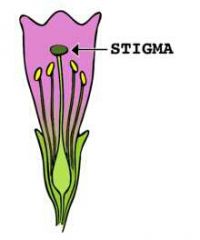
Stigma |
the part of the carpel of a flower which receives the pollen grains and in which the process of germination occurs. |
|
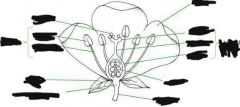
Identify the parts. |
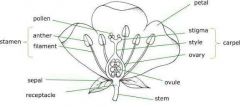
|
|
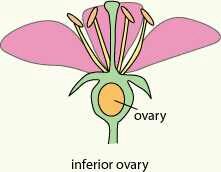
Ovary |
the hollow base of the carpel of a flower, in which ovules are made |
|
|
Pollen |
tiny grains, usually appearing as yellow dust, produced by the stamens of a flower that fertilize the seeds. |
|

Anther |
The part of the stamen that contains the pollen. |
|
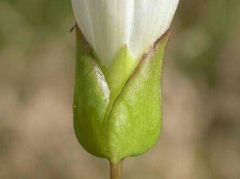
Sepal |
Green, leaf-like parts, extending from the base of a flower, that protects it from cold and other injuries while it develops. |
|
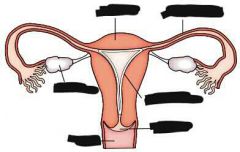
|
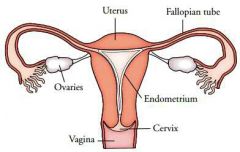
|
|
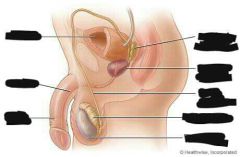
|
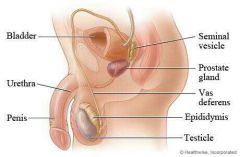
|
|
|
How can plants reproduce asexually naturally? |
Plants can reproduce asexually using runners. |
|
|
Where does fertilization take place in flowers? |
Fertilization takes place in the ovary of the flower. |
|
|
Which part of the flower develops into the fruit? |
The ovary wall |
|
|
This part of a flower is often scented to attract insects and animals. |
Petals |
|
|
What is the function of a petal in a flowering plant? |
To protect the internal parts of the flower |
|
|
In plants, the male gamete would be the _____, and the female gamete would be the ____. |
In plants, the male gamete would be the pollen, and the female gamete would be the ovule. |
|
|
Advantages and disadvantages of Asexual reproduction |
+ requires only one gamete + time efficient + requires less energy - no genetic variety - less resistant to disease |
|
|
Advantages and disadvantages of sexual reproduction |
+ variety in the species + eliminates undesirable characteristics + more prone to disease - requires more energy - requires two parents - isn't time efficient |

